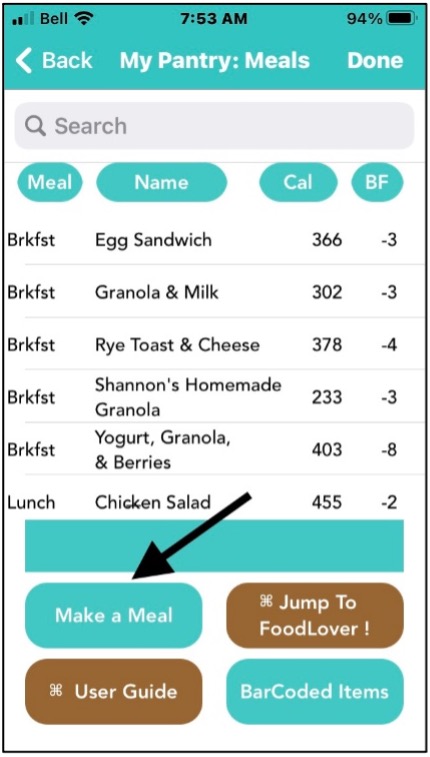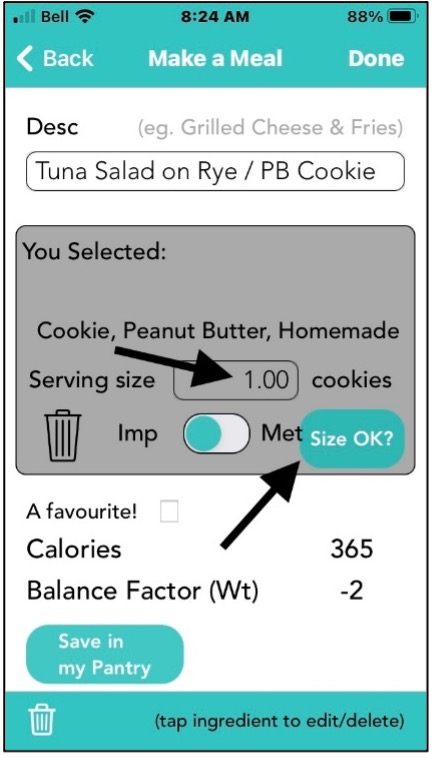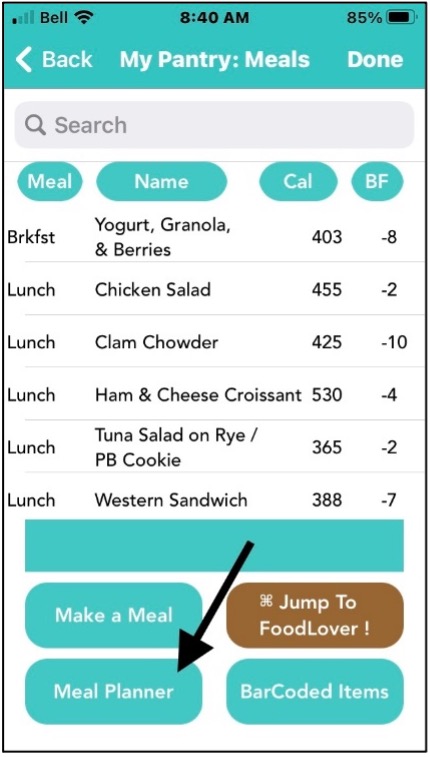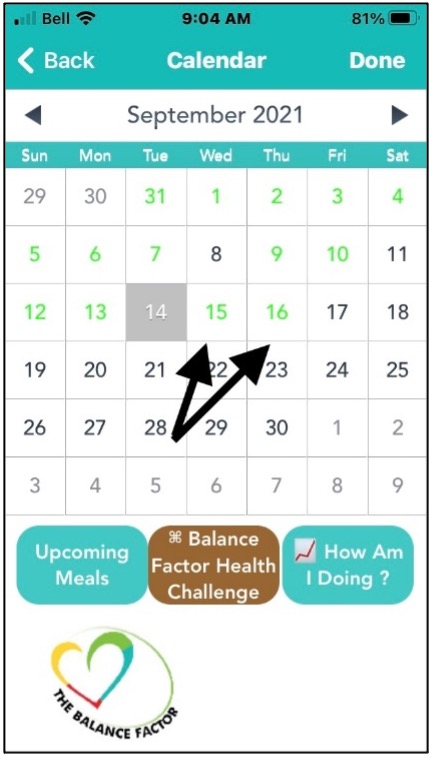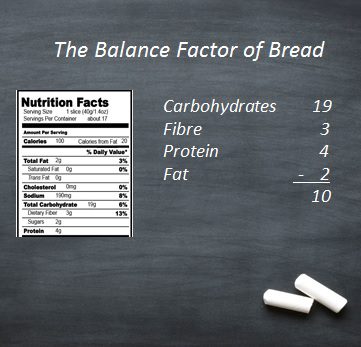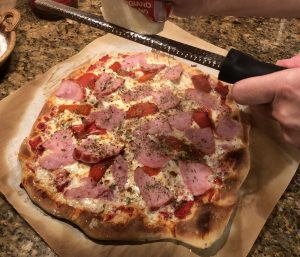Carbohydrate and fat calories provide fuel for every cell in your body. Some organs like the brain and kidneys are dependent on carbohydrates while the heart and skeletal muscles use fat as a fuel source during rest or mild intensity exercise. (If energy demands increase, however, the muscles switch to using carbohydrates).6 This is called Metabolic Flexibility where the body fluctuates between carbohydrates and fat as fuel sources depending on the ever-changing conditions of your body.
To support the tissues that depend on carbohydrates, however, the body must maintain an optimal level of blood sugar at all times. By eating carbohydrates at every meal, the body can manage this energy balance while using fats and proteins to meet its other needs (i.e., cell repair, hormone production). Minimizing your carbohydrate intake only forces the body to change protein into a form of blood sugar and change fats into a fuel that the brain can use instead of carbohydrates. This significantly compromises the body’s ability to use the macronutrients how they were intended to be used and puts the body in a temporary state until it can go back to using carbohydrates and fats as its preferred fuel sources.
Eating enough of each macronutrient and a sufficient amount of calories to support your body’s needs results in a metabolically stable body that can optimize burning body fat and help you reach your ideal size.


